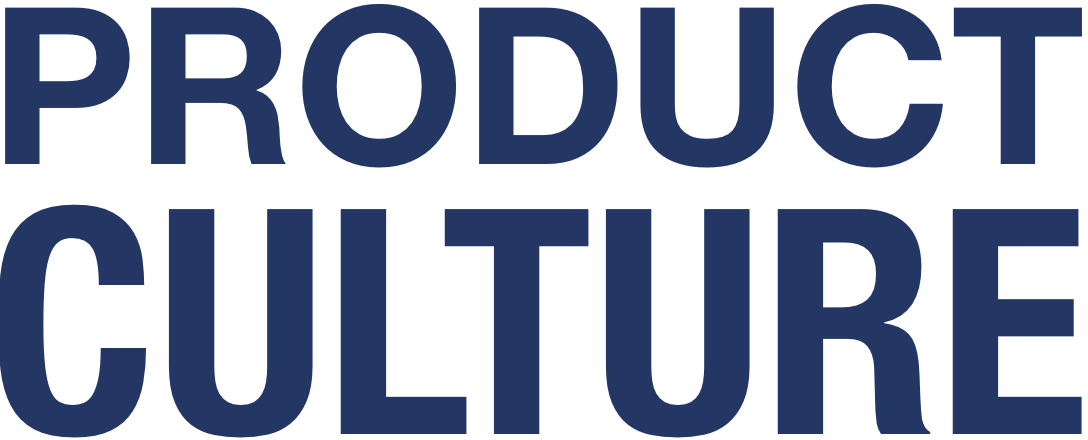Nano-letter: ONE THING on Product Culture Every Week
One insight I had, one great article I read, one amazing person I met, one question I need your help with, one product job that needs someone awesome. Sign up and I promise never to waste your time.
I met the CEO of a small semiconductor company who had 40% annual growth for over a decade. “What was his secret?” I asked, expecting him to say “cutting edge technology” or “really smart employees.” But no.
When a meeting is going south, it is wise to check your own attitude. We tend to judge other people’s mistakes differently than our own. So give people the benefit of doubt. They are usually trying to do the right thing from their own point of view.
Execs tend to think in terms of broad goals, like revenue, growth, and profit. But these goals are often too generic and slow-moving to be useful in day-to-day work of a product team.
I led a Chief Product Officer workshop at ProductCamp Boston last week, where senior execs shared war stories and strategies. A popular question: how long do CPOs have at a new job to make a difference?
Understanding your org structure will help you identify hidden stakeholders and their goals. We’ve talked about Functional, Matrix, and Value Stream orgs here. Divisional organizations combine one or more of these structures into a super organization. General Electric, for example, has lines of business such as Aerospace, Digital, and Power, each forming their own division.
Value Stream organizations are designed to overcome the weaknesses of Functional and Matrix orgs. Cross-functional teams report directly to a general manager in charge of a product line or market segment, shortening communication lines and making it clear who sets priorities.
Learning your org structure teaches you who has power, who you need to influence. Many tech companies form cross-functional teams to manage products in what’s called a Matrix structure.
Learn the org structure of your company and you learn who the crucial stakeholders are.
The most traditional org structure is Functional. Starbucks, for example, is organized into departments like HR, finance and marketing. Departmental objectives and accountability are usually very clear.
In today’s uncertain economy, the whole company needs to be aligned around results — especially the product team. Objectives and Key Results are the most direct way to tie the product roadmap to business results.










The CMO of a SaaS company argued for a fairly broad target market definition because it would be easier to make his numbers. Meanwhile, the CPO wanted the target market to be narrower, as it meant the customer needs would be more similar, and product and engineering could focus on making them very successful.